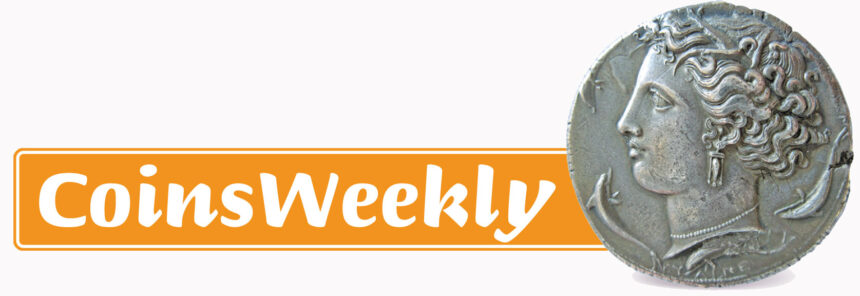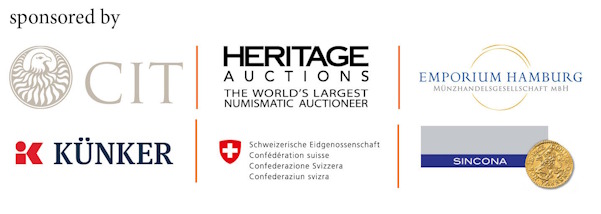What is an estimate?

Those who are new to auctions are surprised to learn that the word “estimate,” contrary to its original meaning, has nothing to do with the value of a coin. The hammer price is often many times higher than the amount “estimated” by the auction house, especially in the case of sought-after items. How can this be? Do the specialists have no idea and regularly underestimate the value of a coin? Or is there another reason why the word “estimate” is no longer appropriate?
What exactly is an estimate?
Originally, an estimate was exactly what its name suggests, namely an expert opinion on the value of a coin. In German, the term “Taxe” is also often used, which is related to the process of “taxing.”
Now, an auction is supposed to provide an opportunity to buy something cheaply – at least, that’s the idea behind it. And since the estimate corresponded to the real value of a coin, the auctioneer did not announce the item at the estimated price, but at a percentage of what he had estimated.
Some auctioneers started at 60%, most of them at 80%, and some elite British auction houses gave a price range as an estimate and started with the lower estimate. Take a look at old results lists (before the 1970s). You will see that many items were sold below the estimated price, or that a large proportion of the coins did not even find a buyer. If an auctioneer achieved 70 or even 80% of the total estimate, he would rub his hands together proudly.
Since when does an estimate no longer have anything to do with the value of a coin?
That changed during the great crisis in the coin trade in the 1990s. At that time, auction houses began to imitate the retail trade. They offered magnificent coins at bargain prices – or so it seemed. Their “appraisals” were deliberately set low. They took no risk in doing so, because most of the goods were not owned by the auction houses, as they had been in the past, but were consignment goods. They explained to customers—and they were right!—that the attractive appraisals would make more people interested in a coin. The feeling of being able to buy a piece below its value at an auction prompted collectors and coin dealers to bid on numerous pieces or – even better! – to participate in an auction in person. Those who were there wanted to buy at least a few lots to justify their travel expenses, and, lo and behold, the bids skyrocketed, far beyond what a coin would have fetched at a correct estimate.
How are estimates determined today?
Extremely low estimates have become the norm today. Many auctioneers equate their “estimate” with the amount they themselves would be willing to pay for the item in order to resell it later at a decent profit.
But be careful! There are still some auction houses that are committed to providing accurate estimates. So always use past auctions to get an idea of how an auctioneer estimates. This is the only way you have a chance of assessing the estimate.
Occasionally, you will also see the phenomenon of a single item standing out with a surprisingly high estimate in an auction with low estimates. This is often due to the consignor setting limits. They want to prevent their coin from being sold below a certain price.
Consignors do not normally need to worry about low estimates. Bidders are now accustomed to using price portals such as the Sixbid Archive to get an idea of how much money they can and must pay for a coin. And since coins are currently in high demand, record prices are frequently being achieved – even without high estimates.
The logical consequence: the starting price
Incidentally, some auction houses have drawn the logical conclusion from this development: they no longer talk about estimates, but rather starting prices, and begin bidding at the starting price. This makes sense. Today’s collectors have so many resources at their disposal to form their own opinion about the value of a coin that expert estimates have become superfluous.
Text and images: Ursula Kampmann

